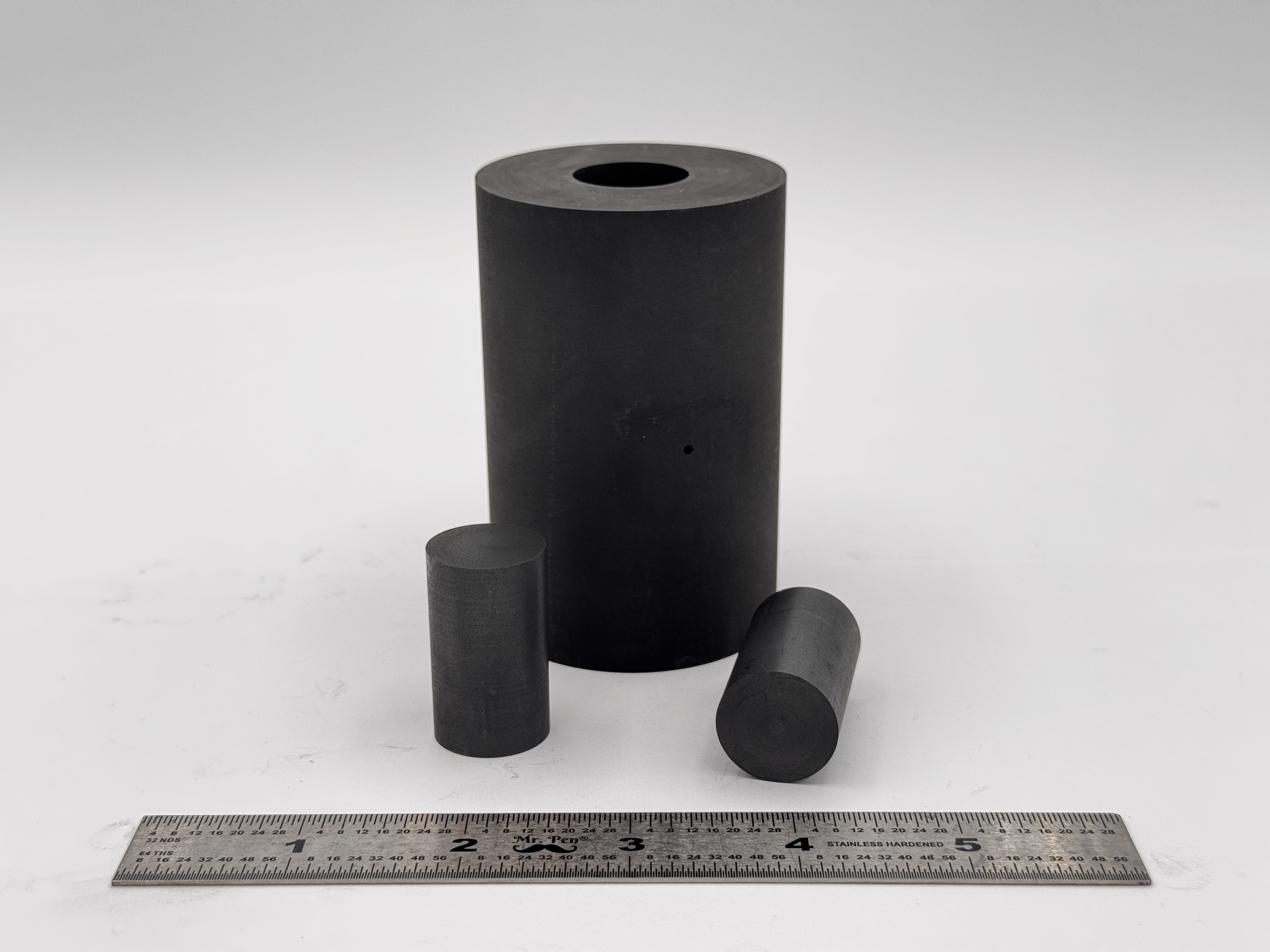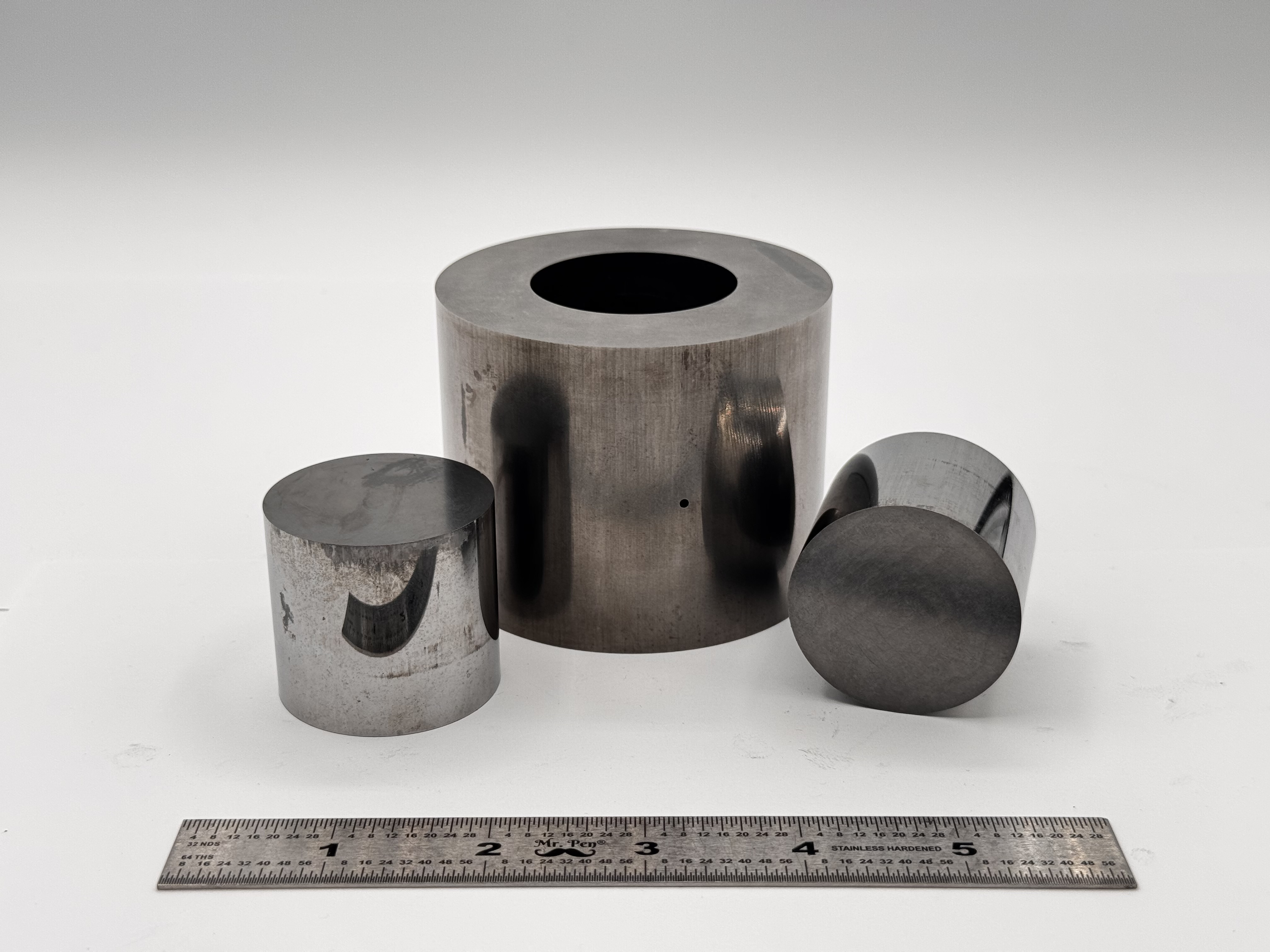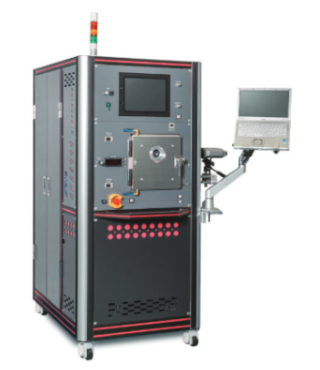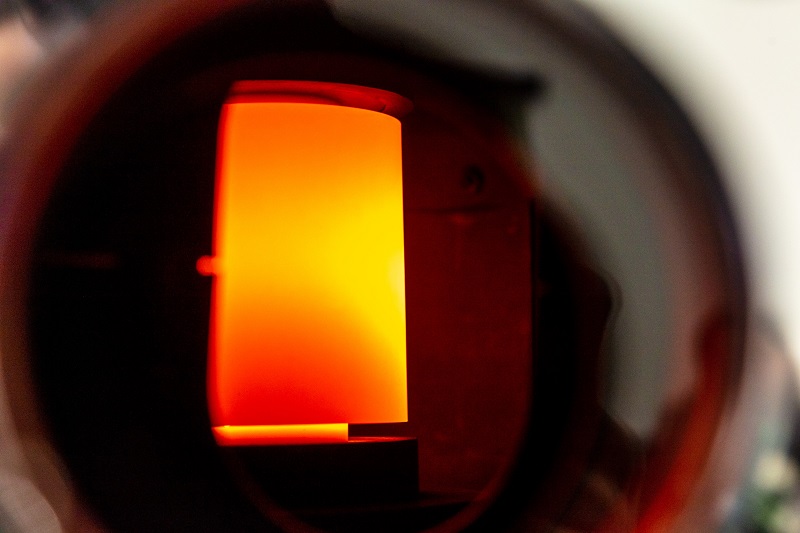Hot Isostatic Pressing (HIP): Enhancing Material Properties for Advanced Applications
In the world of materials science and engineering, innovations continually pave the way for enhanced performance, efficiency, and reliability across various industries. One such innovation is Hot Isostatic Pressing (HIP), a powerful technique used to transform the properties of materials like metals and ceramics. By subjecting materials to simultaneous high temperatures and pressures, HIP achieves remarkable improvements in material density, strength, and structural integrity. In this article, we will delve into the fascinating world of HIP and explore its applications across different sectors.
Densification: A Core Objective
At the heart of HIP lies the objective of densification. By applying intense pressure alongside elevated temperatures, HIP works its magic on materials, reducing or eliminating voids and porosity within them. The result is a denser and more uniform structure. This increase in density significantly enhances the mechanical properties of the material, including strength and hardness.
Consolidation for Complex Shapes
HIP isn't just about making materials denser; it's also a valuable tool for consolidating powders into solid parts. This capability is particularly useful for manufacturing complex components that are challenging to produce using conventional methods. Whether it's intricate aerospace components or cutting-edge automotive parts, HIP can help achieve the desired shape and integrity.
Facilitating Diffusion Bonding
HIP promotes the diffusion of atoms within a material, enabling adjacent particles to bond effectively. This atomic diffusion is instrumental in enhancing material integrity and reducing defects. It facilitates the creation of a strong, cohesive structure, which is crucial for components subjected to demanding operating conditions.
Defect Elimination
One of HIP's remarkable applications is defect elimination. It can heal or repair defects such as cracks or voids by facilitating the diffusion of atoms and filling these imperfections. This defect remediation not only strengthens the material but also ensures its reliability in critical applications.
The HIP Process
The HIP process involves a series of steps:
- Pressure Vessel: The material to be processed is placed inside a pressure vessel.
- Sealing: The vessel is securely sealed to contain the high-pressure environment within.
- Temperature and Pressure: The vessel is heated to a high temperature while pressure is applied uniformly from all sides.
- Transformation: Under the combined effects of elevated temperature and pressure, the material undergoes plastic deformation. This allows for densification, consolidation, diffusion bonding, and defect elimination.
Applications Across Industries
HIP finds applications in diverse industries:
- Aerospace: HIP is instrumental in producing high-strength, low-porosity components like turbine blades and critical aerospace parts, ensuring safety and performance at high altitudes.
- Automotive: In the automotive sector, HIP is used to create intricate engine components and lightweight structural parts, contributing to improved fuel efficiency and reduced emissions.
- Energy: In the energy industry, HIP plays a vital role in the manufacturing of components for power generation and transmission, where reliability is paramount.
- Manufacturing: HIP is employed to craft precision tools and molds, enhancing production processes and product quality.
- Medical: Medical implants, such as hip and knee replacements, benefit from HIP to ensure they are durable and biocompatible.
Conclusion
Hot Isostatic Pressing (HIP) stands as a testament to the ingenuity of materials science and engineering. With its ability to enhance material properties, improve structural integrity, and eliminate defects, HIP has become an indispensable tool in a wide range of industries. From aerospace to healthcare, HIP continues to push the boundaries of what is possible in materials technology, enabling the creation of safer, more efficient, and more reliable products for the modern world.
 High Strength SPS Graphite Tooling
High Strength SPS Graphite Tooling Tungsten Carbide Tooling
Tungsten Carbide Tooling Carbon Graphite Foil / Paper
Carbon Graphite Foil / Paper Carbon Felt and Yarn
Carbon Felt and Yarn Spark Plasma Sintering Systems
Spark Plasma Sintering Systems SPS/FAST Modeling Software
SPS/FAST Modeling Software